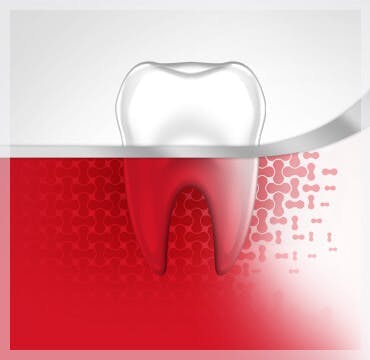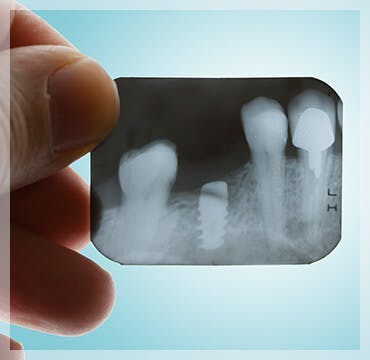Gingivitis is a mild form of gum disease.1 Typical symptoms include red, swollen and bleeding gums after brushing and flossing your teeth, accompanied by bad breath.1
The good news is that gingivitis damage can be reversed with professional care.1,2 There are lots of ways to help protect yourself. Gingivitis treatment includes stepping up your oral hygiene, over-the-counter products, a healthy diet and regular visits to a dental professional.3 Helping to prevent gingivitis is possible by giving your gums and mouth some TLC and maintaining good oral hygiene.1,2 Always follow the oral care routine outlined by your dental professional for optimum results.
Learn more about gingivitis, what causes gingivitis and how gingivitis is treated.
Gingivitis Treatment—How to Help Prevent Gingivitis with Seven Tips
Use these seven gingivitis self-care tips to help treat and prevent this form of gum disease at home. Check with your dental professional before starting anything new or adding to your daily routine.
1. Follow the Two-Minute Rule
Regular brushing twice a day is the first step to preventing and reversing gingivitis.1,6 Use a soft toothbrush and take special care to brush all the sides of your teeth—including the inner and outer surfaces.3 Change your toothbrush every three to four months or as soon as you notice worn bristles.3

2. Use a Gum Health Toothpaste
When it comes to oral care, it’s important to reach for the right toothpaste. Look for a toothpaste that has been specifically designed to help prevent cavities and gingivitis, such as parodontax™ Complete Protection.
Learn how to choose the right toothpaste for gingivitis.
3. Clean In Between Your Teeth Daily
Regular flossing or cleaning with an interdental tool (at least once a day) will help to remove plaque buildup and trapped food from between your teeth, preventing the development of gingivitis.1,4 Position the floss between your teeth where each tooth meets the gum line.5 Make sure to be gentle while flossing your teeth and use an up and down motion from tooth to tooth.5 Don’t forget to use a clean section of floss for each tooth.5 In addition, use an interdental brush or tool recommended by your dental professional.
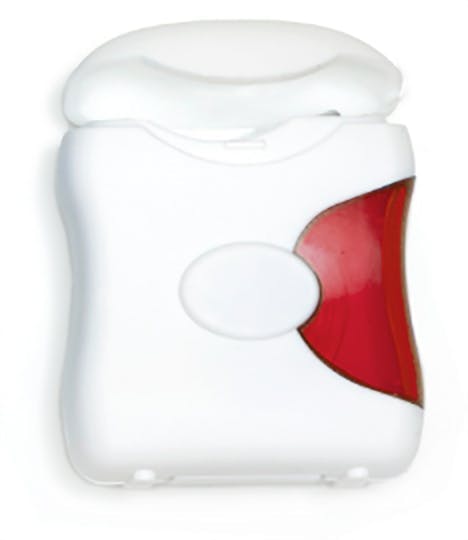
4. Visit Your Dentist’s Office
Visit your dental professional at least twice per year.6 You may need to go more often if gum disease runs in the family or if you have any gingivitis symptoms.6 Your dentist or dental hygienist will be able to advise you on how often you should be receiving a check-up.6
Regular visits allow your dental professional to help prevent issues from getting worse.7
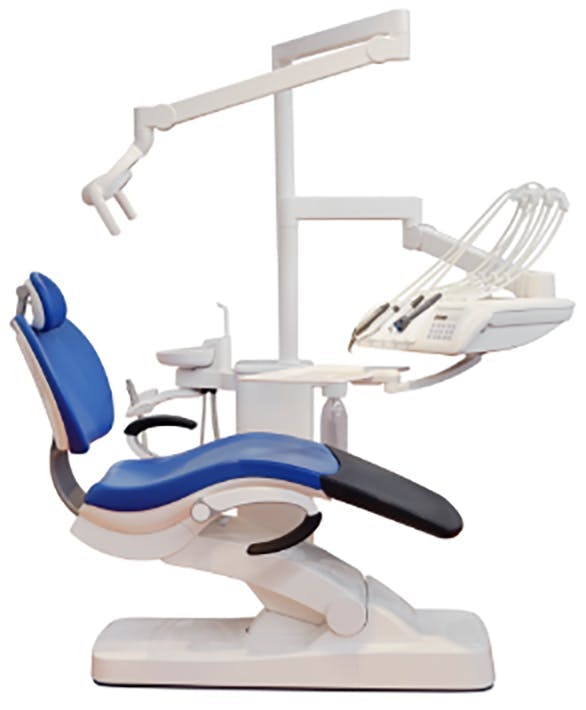
5. Rinse Your Mouth with Mouthwash
One way you can promote oral care at home is with the right mouthwash.6 Rinse your mouth with an antimicrobial mouthwash to help destroy bacteria that causes diseases.6
6. Bite into Gum-Friendly Food
What you eat can have a significant effect on your general health and that of your gums and teeth. We all know that eating candy or drinking soda can potentially damage your teeth,10 and some foods are more gum-friendly than others.
Vitamin C-rich foods (such as red peppers, berries and greens) can help support your immunity and boost collagen, which is essential for wound healing.11 Foods with omega-3 acids like salmon can help promote gum health.12
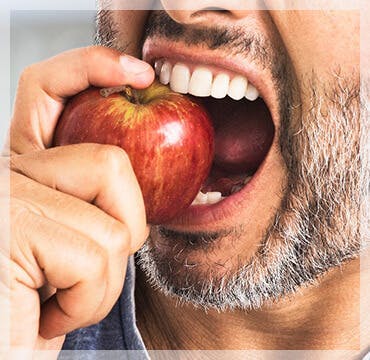
Living with Gingivitis
Even though gingivitis is common, it’s important to take it seriously before it gets worse.6 If gingivitis goes untreated, it can lead to periodontitis.6 However, gingivitis is curable and reversible if treated early.6 Visit your dentist if you’re experiencing gingivitis symptoms.6
Questions to Ask Your Dentist
Consider asking your dental professional the following questions to learn more about gingivitis self-care:6
- What’s the best way to brush my teeth, and how long should I brush my teeth?
- What toothpaste, toothbrush, mouthwash or floss should I use to help prevent gingivitis at home?
- Am I missing any spots when I brush my teeth?
- Will I need to make any changes to my lifestyle or daily habits?
- Will my dental insurance cover the cleaning and gingivitis treatment that I need?
Gingivitis Prevention - Next Steps
The case for good dental hygiene cannot be overstated when it comes to treating gingivitis. Regular brushing with a toothpaste such as parodontax™ Complete Protection and regular visits to your dentist and hygienist will be money and time well spent when it comes to reversing and preventing gingivitis.
*compared to a sodium monofluorophospate toothpaste and professional cleaning
Source Citations:
By clicking any of the links below you will be taken to an external website that is independently operated and not managed by Haleon. Haleon assumes no responsibility for the content on the website. If you do not wish to leave this website, do not click on the links below.
- Gingivitis (Symptoms & causes). Mayo Clinic. https://www.mayoclinic.org/diseases-conditions/gingivitis/symptoms-causes/syc-20354453?page=0&citems=10. Accessed 24/02/20.
- Gum disease. NHS. https://www.nhs.uk/conditions/gum-disease/. Accessed 24/02/20.
- Brushing Your Teeth. Mouth Healthy. https://www.mouthhealthy.org/en/az-topics/b/brushing-your-teeth. Accessed 02/01/20.
- Gum disease prevention. American Academy of Periodontology. https://www.perio.org/for-patients/gum-disease-information/gum-disease-prevention/. Accessed 7/30/2024.
- How to Floss Your Teeth. Cleveland Clinic. https://health.clevelandclinic.org/how-to-floss-your-teeth. Accessed 7/30/2024.
- Gingivitis. Cleveland Clinic. https://my.clevelandclinic.org/health/diseases/10950-gingivitis-and-periodontal-disease-gum-disease. Accessed 7/30/2024.
- Dental check-ups. NHS. https://www.nhs.uk/live-well/healthy-body/dental-check-ups/. Accessed 24/02/20.
- Antimicrobial efficacy of five essential oils against oral pathogens: An in vitro study. NCBI. https://www.ncbi.nlm.nih.gov/pmc/articles/PMC4054083/. Accessed 24/02/20.
- Efficacy of chlorhexidine and green tea mouthwashes in the management of dental plaque-induced gingivitis: A comparative clinical study. Contemporary Clinical Dentistry. https://www.ncbi.nlm.nih.gov/pmc/articles/PMC4678549/. Accessed 06/25/19.
- Diet and Dental Health. Mouth Healthy. https://www.mouthhealthy.org/en/az-topics/d/diet-and-dental-health. Accessed 02/01/20.
- Vitamin C. National Institutes of Health. https://ods.od.nih.gov/factsheets/VitaminC-HealthProfessional/. Accessed 02/01/20.
- Foods for Strong Teeth. Penn Dental Medicine. https://penndentalmedicine.org/blog/foods-for-teeth-health/. Accessed 7/30/2024.


